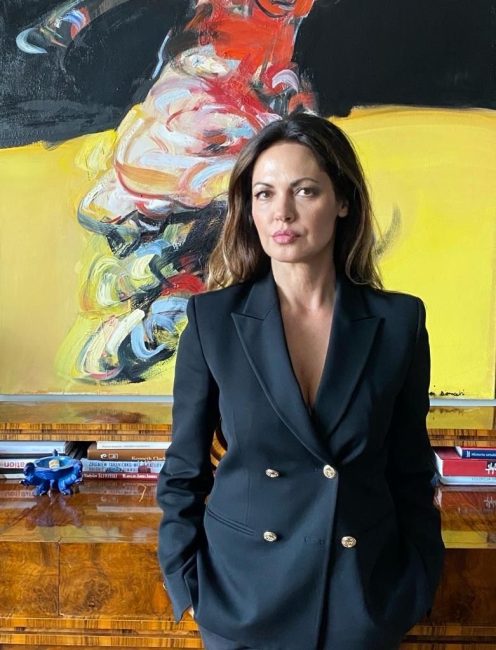Recognition of Proto-Cubism
Emergence with 'Les Demoiselles d'Avignon' marking beginning of Cubism.
Professional market valuation
Exhibitions and curatorship
Discreet transactions
Art as an investment
Collection care
Art for clients
Art trading
Purchases and auctions
Art in interiors - hotels, residences, facilities
Artworks for spaces
Authenticity verification
Art leasing
Pablo Picasso (1881–1973)
The painter of the century – the man who embodied all styles at once.
Style: From the Blue and Rose periods, through Cubism, Classicism, Surrealism, to expressive abstractions. Picasso had no single style — he had dozens.
Technique: Painted everything with everything — oils, ceramics, sculpture, collages. Every phase was a revolution.
Curiosity: Guernica is one of the most powerful anti-war paintings in history — a black-and-white testament to trauma.
Life: Women were his muse and obsession. His private life was turbulent and full of drama.
For today: Picasso embodies pure creative freedom. His life teaches us: don’t be afraid to change, experiment, and shock.
 Joanna Piotrowska - Art Advisor & Marszand
Joanna Piotrowska - Art Advisor & Marszand
Pablo Picasso was a Spanish painter, sculptor, printmaker, and ceramicist who co-founded the Cubist movement and radically shaped 20th-century art. Known for varied styles ranging from Blue and Rose Periods to Cubism and Surrealism, his iconic works include 'Les Demoiselles d'Avignon' and 'Guernica'. He produced an extensive oeuvre across multiple mediums and remained artistically active until his death at age 91.
Born in Málaga, Spain, Picasso showed artistic talent from age seven under his painter father. Trained in traditional Spanish art schools in Barcelona and Madrid, he was influenced by classical masters and early exposure to Symbolism and modern movements.
Between 1901 and 1906, Picasso's work evolved through somber Blue Period works depicting poverty, to warmer, more optimistic Rose Period featuring circus people and harlequins influenced by his relationship with Fernande Olivier.
From 1907 to 1909, Picasso pioneered Cubism with Georges Braque, incorporating African art influences evident in 'Les Demoiselles d'Avignon'. He deconstructed objects and experimented with form and perspective, igniting a major modern art movement.
During WWI and the interwar years, Picasso explored Neoclassicism and Surrealism, producing works reflecting his personal life and political views, such as his anti-war masterpiece 'Guernica'.
Spanish
Ceramicist, Painter, Printmaker, Sculptor, surrealism, Theatre Designer
Modern life, human form, music, family, war, love, political symbolism, primitivism, Cubism, Surrealism
Emergence with 'Les Demoiselles d'Avignon' marking beginning of Cubism.
Developed analytic and synthetic Cubism with Braque; held major exhibitions.
Guernica' created as powerful political statement against war.
Created iconic image for World Peace Congresses symbolizing peace.

